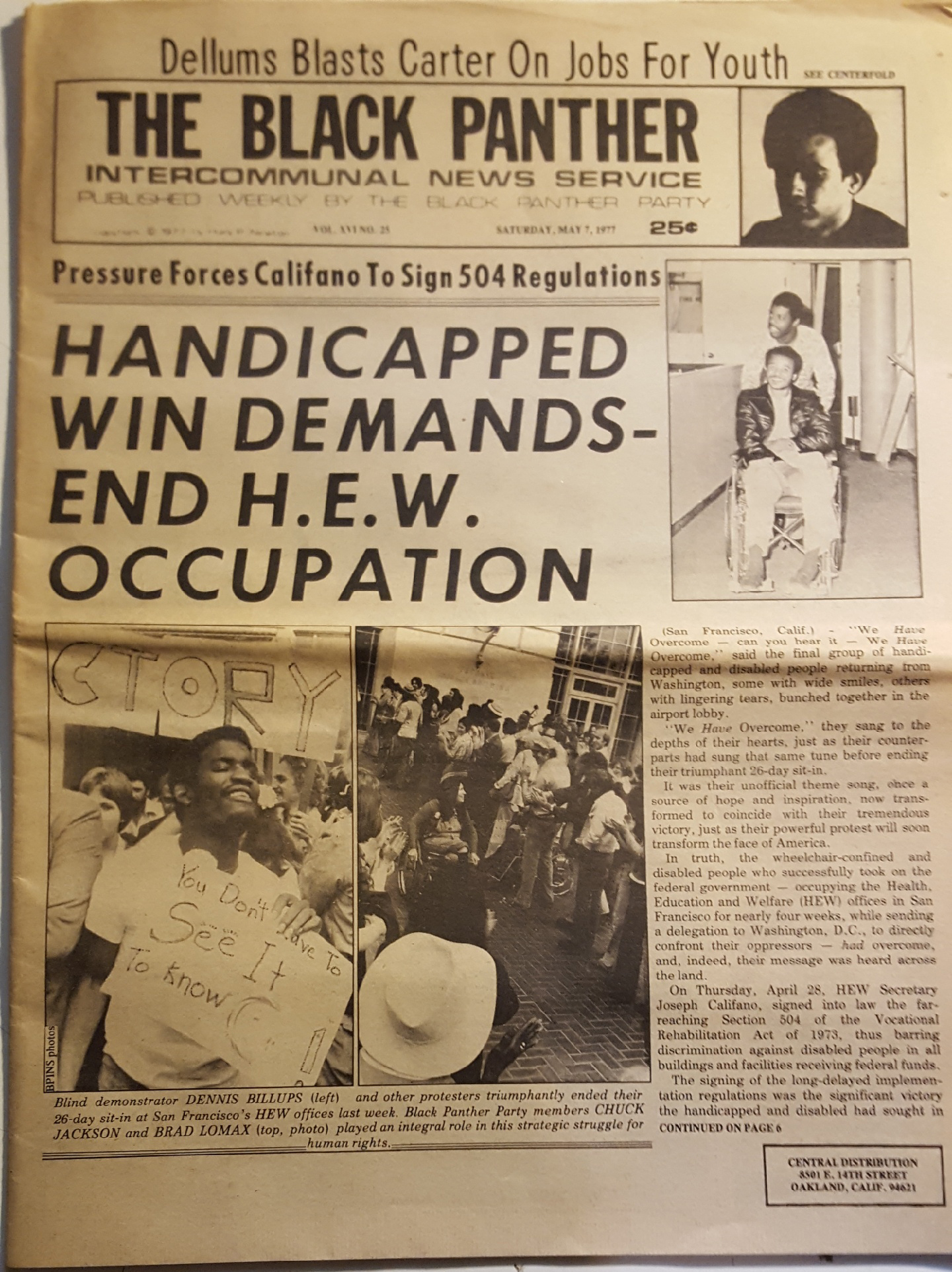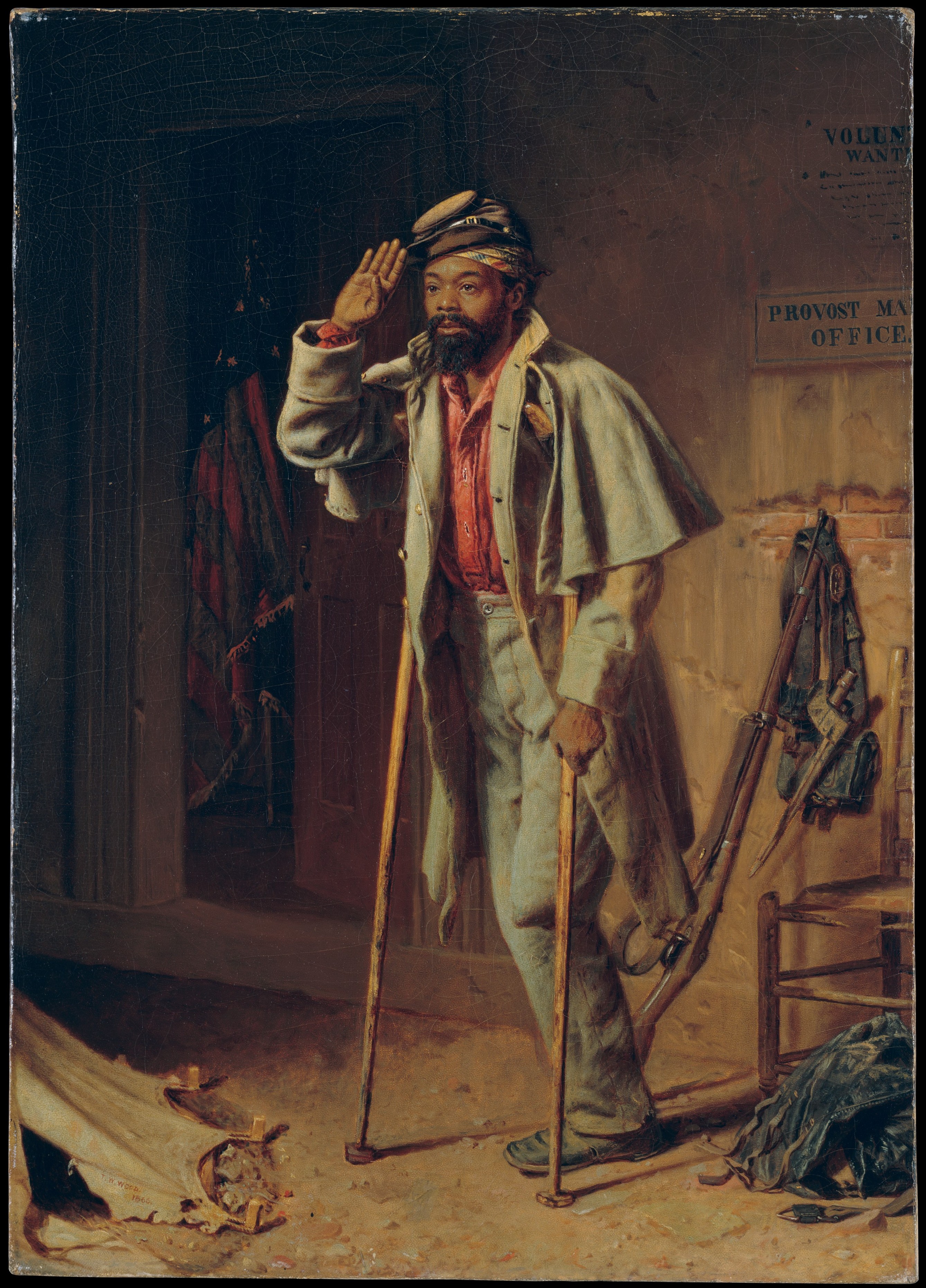This lesson has a sharable ready-made album of primary sources with an introduction essay by the author!
Using primary and secondary sources about protests by members of the Disability Rights Movement, students identify strategic actions taken by activists and evaluate them as to the…





